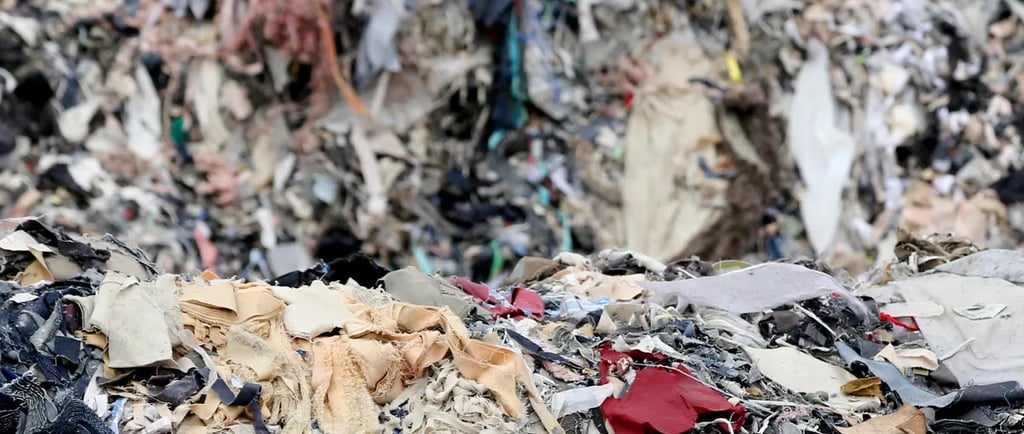What are the steps in recycling clothing garments?
Here is an outline of the steps that need to be taken and things to consider in recycling a garment.
Romany Sascha Boertjes
1/30/20242 min read


Recycling garments at the end of their life cycle is a challenging but important aspect of sustainable fashion. The process depends heavily on the materials used and the recycling technologies available. Here's a general outline of how this can be done:
Collection and Sorting: The first step is to collect the worn-out socks. This could be done through take-back programs by manufacturers or through local textile recycling initiatives. Once collected, the socks need to be sorted based on their material composition. Different fibers (like cotton, polyester, wool) require different recycling processes.
Cleaning and Processing: The socks are then cleaned to remove any dirt, oils, or other contaminants. After cleaning, they are processed to break down the material. For natural fibers like cotton or wool, this might involve shredding the material into fibers. For synthetic fibers like polyester, it could involve breaking down the material into pellets or granules.
Material Recovery: The goal is to recover the base fibers or materials that can be reused. For natural fibers, this might involve carding (a process that disentangles, cleans, and intermixes fibers) to prepare them for spinning into new yarn. For synthetics, the pellets can be melted and extruded to create new fibers.
Spinning and Manufacturing: The recovered fibers or materials are then spun into new yarns, which can be used to manufacture new textiles.
Challenges with Blended Materials: If the socks are made from blended materials (e.g., cotton and polyester mixed), recycling becomes more complex. Advanced recycling methods, such as chemical recycling, might be required to separate and recover the different types of fibers.
Innovation in Recycling Technologies: Continuous advancements in textile recycling technologies are making it easier and more efficient to recycle blended and synthetic materials. Chemical recycling, where materials are broken down chemically to their basic components, is an emerging field that holds promise for recycling complex textiles.
Circular Economy Principles: Ideally, the recycling process should align with the principles of a circular economy, aiming to keep resources in use for as long as possible and recover and regenerate products and materials at the end of their life.
Consumer Participation: Finally, consumer participation in recycling programs is crucial. Educating consumers about the availability and importance of recycling their old socks can significantly increase the volume of materials collected and recycled.
In summary, recycling garments involves collection, sorting, cleaning, material recovery, and remanufacturing. The process is more complex for blended materials, but ongoing innovations in recycling technology are improving the feasibility of recycling such textiles.
